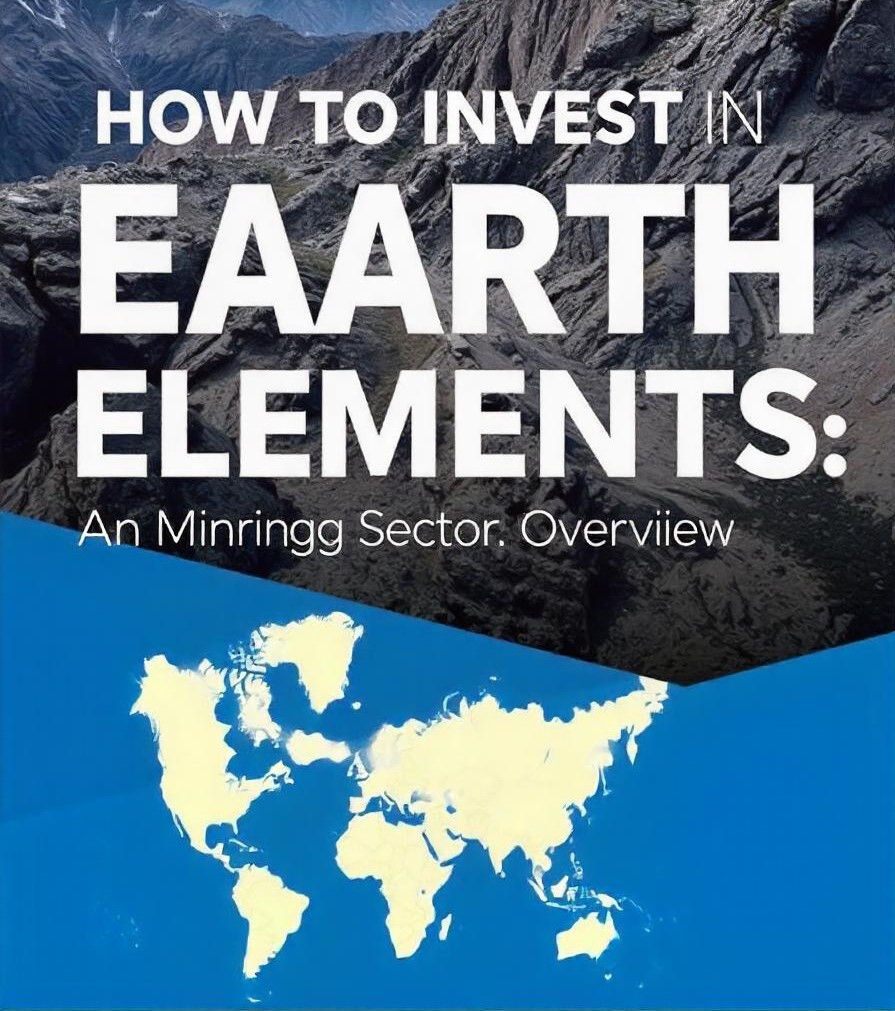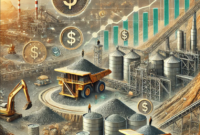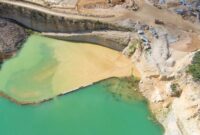The demand for rare earth elements (REEs) has surged over recent decades, making them an attractive investment opportunity in the mining sector. Rare earth elements, used in a wide range of high-tech applications, from electric vehicle batteries to wind turbines, play a crucial role in global technology. This article will explore how to invest in rare earth elements and provide a comprehensive overview of the mining sector. For those looking to diversify their portfolios with REE investments, understanding the dynamics of this sector is vital.
Understanding Rare Earth Elements in the Mining Sector
Rare earth elements consist of 17 chemical elements, including scandium, yttrium, and the lanthanides. These elements are not necessarily rare but are difficult to extract economically due to their low concentration in the earth’s crust. Mining companies that specialize in extracting REEs often operate in politically unstable regions, making investing in this sector both rewarding and risky.
Investors should be aware of the primary sources of rare earth mining, such as China, which accounts for nearly 60% of global production. However, other countries like the United States, Australia, and Canada are ramping up their production to reduce dependency on Chinese exports. This diversification of supply chains presents new opportunities for investors.
Factors to Consider When Investing in Rare Earth Elements
Before diving into rare earth element investments, it’s essential to consider several factors:
- Geopolitical Risks: Since the majority of REE mining is concentrated in specific countries, geopolitical instability can heavily impact supply and prices.
- Technological Demand: As technologies like electric vehicles and renewable energy continue to expand, the demand for REEs will likely grow, leading to higher prices and increased profitability for companies in this sector.
- Environmental Regulations: Mining REEs can be environmentally damaging due to the need for extensive land use and hazardous chemical processing. Increasing environmental regulations may limit production and raise costs.
- Investment Options: Investors can buy shares in rare earth mining companies, invest in mutual funds or ETFs focused on REEs, or purchase shares in companies that use REEs in their products, such as manufacturers of electronics or renewable energy systems.
Key Players in the Rare Earth Element Industry
Investors interested in rare earth elements should familiarize themselves with the leading companies in this sector. These include:
- Lynas Rare Earths Ltd.: Based in Australia, Lynas is one of the largest non-Chinese REE producers. The company operates mines in Australia and processing facilities in Malaysia.
- MP Materials Corp.: This U.S.-based company controls the Mountain Pass mine, the only rare earth mining and processing facility in North America.
- China Northern Rare Earth Group High-Tech Co.: As the largest producer of rare earth materials globally, this company dominates the market and plays a significant role in setting industry trends.
Understanding the strengths and weaknesses of these key players can help investors make informed decisions when entering the REE market.
Long-Term Prospects for Rare Earth Element Investments
The long-term outlook for rare earth elements is promising. As the world moves toward greener technologies, the demand for REEs is expected to increase. Electric vehicles, renewable energy technologies, and even advanced military systems all rely on rare earth materials. Investors willing to weather the volatility of this sector may reap substantial rewards over time.
In addition, global efforts to develop recycling technologies for REEs may open new investment opportunities. As countries and companies seek to reduce their reliance on mining and develop circular economies, REE recycling could become a lucrative sub-sector.
Conclusion
Investing in rare earth elements presents both opportunities and risks. With growing demand driven by technological advancements and increasing environmental concerns, REEs are likely to remain a key focus in the mining sector. However, the geopolitical risks and environmental challenges associated with mining these elements should not be overlooked. Investors should diversify their portfolios and stay informed about the latest trends and regulations in the rare earth market. By doing so, they can take advantage of the significant growth potential this industry offers.
FAQ
Q: What are rare earth elements?
A: Rare earth elements are a group of 17 chemical elements that are essential for producing many modern technologies, including electric vehicles, wind turbines, and military equipment.
Q: Why is investing in rare earth elements considered risky?
A: The majority of rare earth mining is concentrated in politically unstable regions, particularly China, making supply chains vulnerable to disruption. Additionally, environmental regulations may impact production costs.
Q: How can I invest in rare earth elements?
A: Investors can buy shares in rare earth mining companies, invest in ETFs or mutual funds focused on REEs, or invest in companies that use rare earth elements in their products.
Q: What is the long-term outlook for rare earth element investments?
A: The demand for REEs is expected to grow, driven by the increasing use of technologies that rely on these materials, such as electric vehicles and renewable energy systems.
Q: Are there any environmental concerns with rare earth mining?
A: Yes, rare earth mining can have significant environmental impacts, including habitat destruction and pollution from chemical processing. Stricter environmental regulations may increase production costs in the future.




